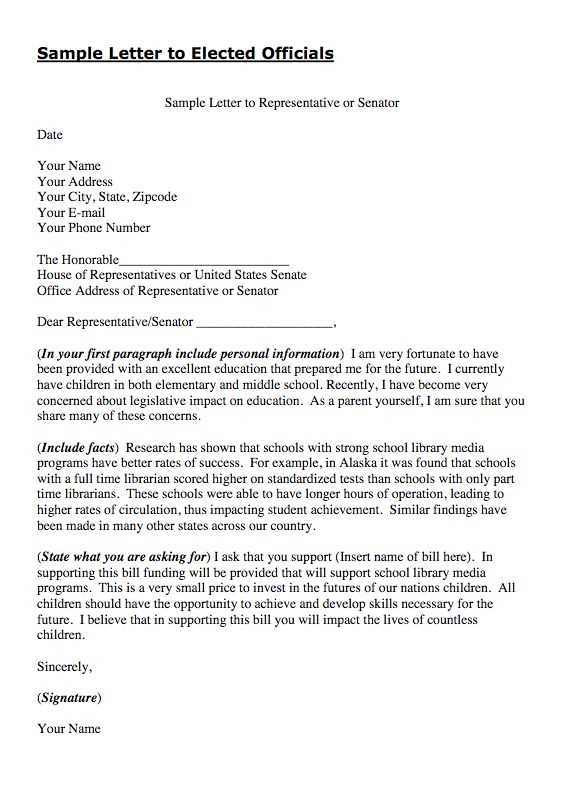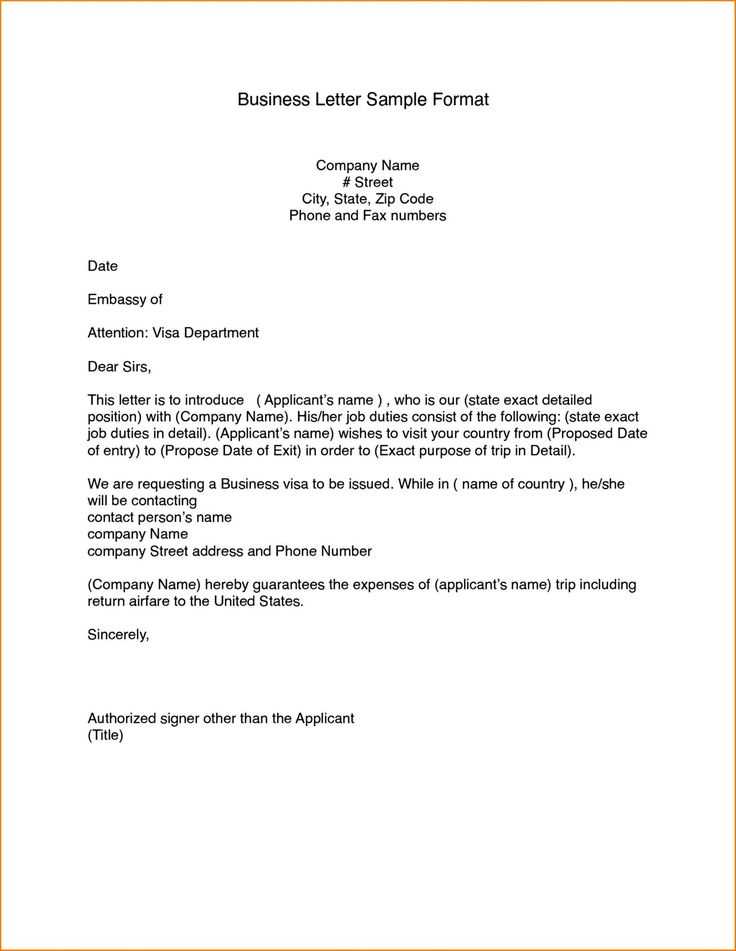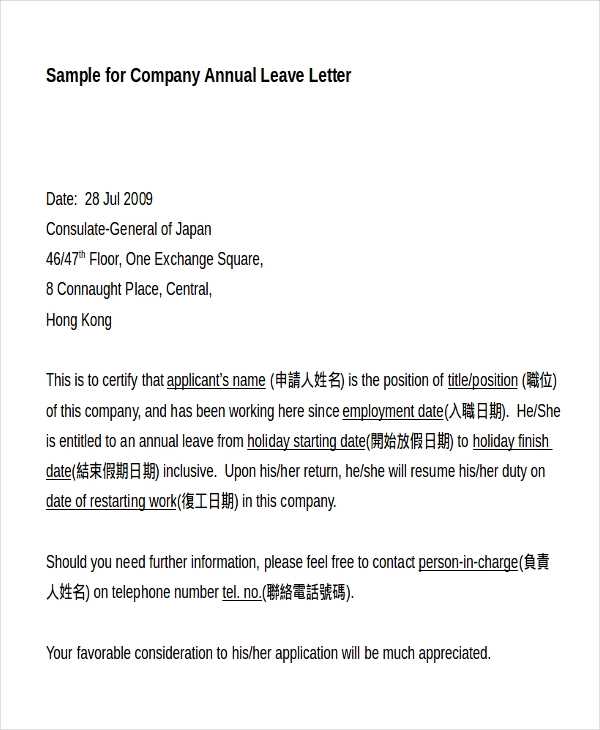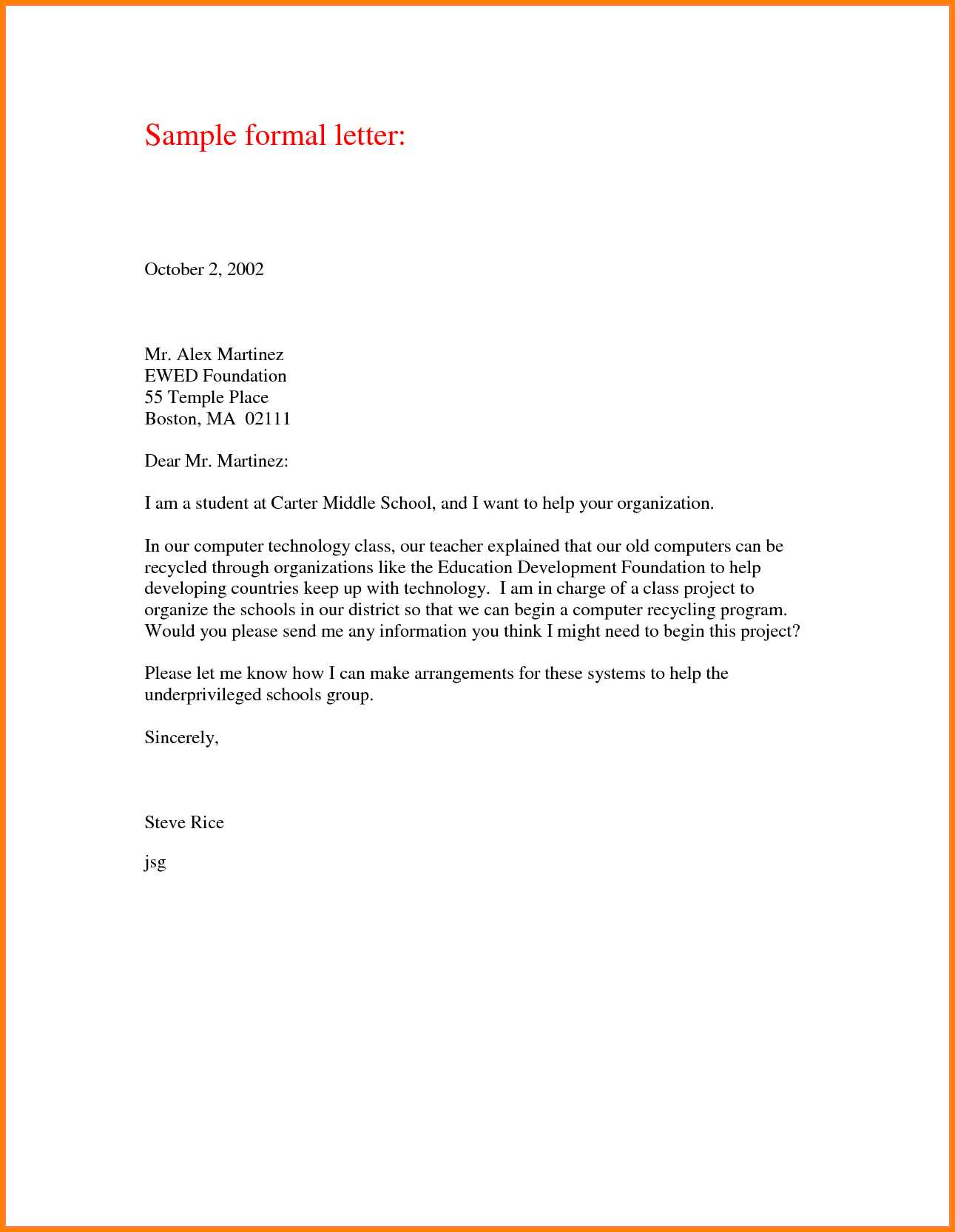Official Letter Template for Professional Use

Clear and concise written communication is essential in the professional world. Whether you’re reaching out to a colleague, client, or business partner, having a structured approach ensures that your message is both effective and well-received.
Proper formatting and attention to detail can greatly enhance the impact of your correspondence. By following a consistent structure, you demonstrate professionalism and respect for the recipient’s time. Knowing how to craft such documents is a valuable skill in any business environment.
In this guide, we will explore the key components and best practices for drafting formal communications, helping you present your message in the most polished and effective way possible. Mastering this process can lead to stronger business relationships and smoother interactions in the workplace.
Understanding the Importance of Official Letters
Written communication plays a critical role in conveying professionalism and maintaining clear, documented exchanges. It serves as a formal way to address important matters, ensuring that key points are communicated accurately and respectfully. In many situations, these documents become a record that can be referenced in the future, providing clarity and reducing misunderstandings.
In business and legal environments, having the ability to craft such documents properly can reflect an individual’s attention to detail and ability to maintain a respectful, formal tone. These communications not only help to articulate important decisions but also establish a sense of credibility and trust between parties involved.
Moreover, these forms of writing are often used to ensure that complex information is presented in a clear, organized manner, minimizing the potential for errors. By adhering to recognized standards, individuals can create documents that are easily understood and have a lasting impact on the recipient.
Key Elements of a Professional Letter
Crafting an effective formal communication involves several critical components that help structure the message clearly. Each part has its purpose, ensuring that the content is not only understood but also conveys the appropriate tone and professionalism. Understanding these key elements is essential in producing impactful written exchanges.
The following table outlines the fundamental components commonly found in business communications:
| Component | Description |
|---|---|
| Heading | Includes sender’s and recipient’s information, setting the formal tone. |
| Salutation | Opens the communication with a respectful greeting tailored to the recipient. |
| Body | The main content, where the purpose of the communication is clearly stated and explained. |
| Closing | A polite conclusion to summarize the message and show respect. |
| Signature | Marks the end of the communication and identifies the sender. |
Each of these sections plays a crucial role in maintaining clarity, professionalism, and proper structure, making the entire document more effective and easier to understand.
How to Choose the Right Template
Selecting the proper structure for your formal communication is essential to ensuring that your message is conveyed effectively. Different situations and recipients may require various approaches in tone, formality, and content. Understanding these differences will help you decide on the most suitable format.
Consider the Purpose of the Communication
The first step in choosing the correct structure is to clearly define the purpose of your communication. Are you addressing a formal request, providing information, or responding to an inquiry? The purpose will guide the style and level of detail required. For instance, a request might require a more direct approach, while an informational message may need a more detailed explanation.
Understand the Recipient’s Expectations
Different individuals or organizations may have preferences regarding communication style. Some may expect a more formal tone, while others may prefer a concise, straightforward approach. Understanding the recipient’s expectations will help you select a structure that aligns with their communication style, making your message more likely to be well-received.
Formatting Tips for Official Correspondence

Proper formatting is crucial in ensuring that your formal communication is not only clear but also professional. A well-structured document enhances readability, conveys respect for the recipient, and reflects your attention to detail. Adhering to established formatting guidelines can make a significant difference in how your message is received.
Key Formatting Guidelines
When preparing formal documents, certain rules should be followed to maintain consistency and professionalism. Here are some key elements to consider:
- Use a clean and simple layout – Avoid excessive decoration or complex designs. A straightforward, easy-to-read structure is the best choice.
- Choose a professional font – Use fonts such as Arial, Times New Roman, or Calibri in a standard size (typically 12pt) for clarity.
- Keep margins consistent – Standard margins of 1 inch on all sides help create a clean, balanced appearance.
- Ensure proper spacing – Use single or 1.5-line spacing with adequate space between paragraphs for easy reading.
Aligning Content and Structure
In addition to the basic layout, it’s important to ensure the content is organized logically. Here’s how to maintain consistency in structure:
- Start with a clear heading – A heading at the top sets the stage for the message and helps the reader quickly understand the purpose.
- Use proper salutations – Address the recipient with respect, based on their position and relationship with you.
- Keep paragraphs concise – Each paragraph should focus on a single idea or point to maintain clarity and avoid overwhelming the reader.
- End with a courteous closing – A polite ending leaves a positive impression and reinforces the professional tone of your message.
Common Mistakes to Avoid in Letters

When crafting formal communications, it’s easy to make errors that can undermine the professionalism of your message. These mistakes may affect the clarity, tone, or overall effectiveness of your communication. Understanding and avoiding common pitfalls is essential in ensuring your written exchanges are both impactful and well-received.
Frequent Errors in Formal Correspondence
There are several mistakes that can detract from the quality of your communication. By being aware of these, you can improve the effectiveness of your messages:
- Using inappropriate language – Avoid overly casual language or slang, as it can appear unprofessional in formal settings.
- Misspelling names and titles – Always double-check the spelling of names, titles, and company names to ensure accuracy and respect.
- Overcomplicating the message – Keep your writing clear and to the point. Avoid long-winded explanations or unnecessary jargon.
- Improper tone – Be mindful of the tone in your communication. It should be respectful, polite, and not too casual or too harsh.
Formatting and Structural Mistakes
In addition to content errors, formatting mistakes can also reduce the professionalism of your document. Here are a few common issues to watch out for:
- Inconsistent margins or alignment – Ensure your document has uniform margins and text alignment for a neat, organized appearance.
- Ignoring paragraph breaks – Long blocks of text can be overwhelming. Use proper paragraph breaks to improve readability.
- Incorrect salutations or closings – Make sure you address the recipient appropriately and conclude the communication with a courteous closing.
Examples of Effective Letter Templates

In order to create a strong, professional communication, it’s important to follow a proven structure that clearly conveys your message while maintaining the right tone. Below are some examples that highlight how to approach different situations, ensuring that your written exchanges are clear and respectful.
Each example provides insight into how different types of correspondence should be structured to suit various purposes. These can serve as useful guides for writing your own formal communications, whether you’re making a request, providing information, or responding to an inquiry.
Below are a few types of effective structures that can be applied across many professional settings:
Formal Request Example
This format is ideal when you need to formally ask for something, such as a meeting or approval:
[Your Name] [Your Address] [City, State, Zip Code] [Email Address] [Phone Number] [Date][Recipient's Name] [Recipient's Title] [Company Name] [Company Address] [City, State, Zip Code]Dear [Recipient's Name],I am writing to request [describe what you are asking for]. I would greatly appreciate your consideration of this matter and look forward to your response.Thank you for your time and attention.Sincerely,[Your Name]
Response to an Inquiry Example
This format is suitable when replying to a question or inquiry, ensuring that your response is clear and informative:
[Your Name] [Your Address] [City, State, Zip Code] [Email Address] [Phone Number] [Date][Recipient's Name] [Recipient's Title] [Company Name] [Company Address] [City, State, Zip Code]Dear [Recipient's Name],Thank you for your inquiry regarding [specific topic]. I am happy to provide the following information: [answer to the question]. Please feel free to reach out if you need further clarification.Best regards,[Your Name]
These examples are just a starting point, but by following these structures, you ensure that your communications remain professional and effective in any setting.